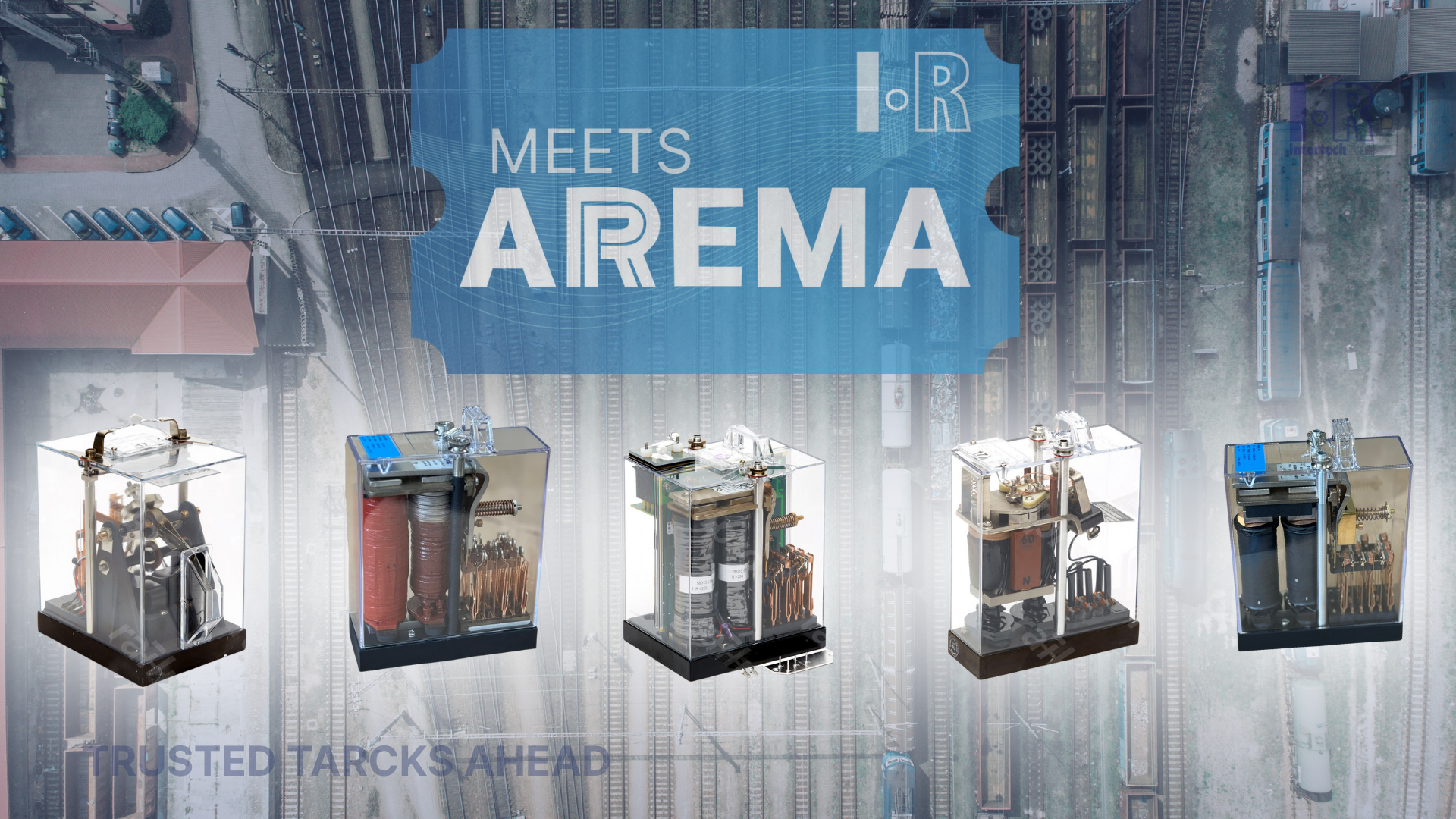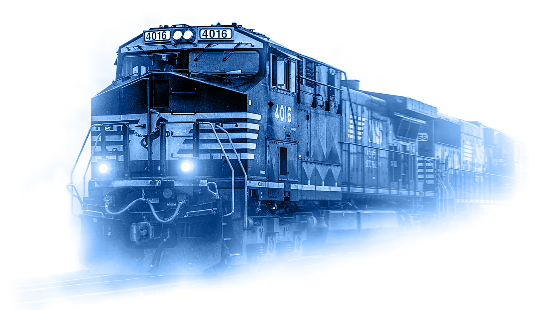The Evolution of the M23 Switch Machine: A Legacy of Success and the Rise of Intertech Rail
Since its inception, the M23 Switch Machine has been a cornerstone of railway operations, embodying reliability, durability, and innovation. Over the years, it has earned a distinguished reputation for its role in facilitating seamless rail switching, contributing to the efficiency and safety of rail networks worldwide. As technology advances and demands evolve, a new era dawns with Intertech Rail, offering a compelling opportunity to embrace modernization and elevate railway operations to new heights.
The Birth of the M23 Switch Machine
The M23 Switch Machine traces its origins back to the mid-20th century when the need for efficient and reliable rail switching solutions became increasingly apparent. Developed by pioneering engineers, the M23 quickly emerged as a leading choice for railway operators seeking a robust and dependable switch machine. Its electromechanical design revolutionized the process of rail switching, enhancing efficiency and minimizing downtime across rail networks.
A Legacy of Success
Over the decades, the M23 Switch Machine has stood the test of time, proving its mettle in diverse operating environments and under varying conditions. Its legacy of success is characterized by:
1. Reliability: The M23 has consistently demonstrated high levels of reliability, withstanding the rigors of daily rail operations without compromising performance.
2. Durability: Built to withstand the harshest elements and heavy usage, the M23 has earned a reputation for its durability and longevity, minimizing maintenance requirements and ensuring uninterrupted service.
3. Versatility: From mainline railways to industrial sidings, the M23 has found applications in a wide range of settings, showcasing its versatility and adaptability to diverse operational needs.
4. Safety: The M23's robust design and precise functionality contribute to enhanced safety standards, reducing the risk of derailments and operational incidents.
The Emergence of Intertech Rail IRM23
While the M23 Switch Machine has enjoyed decades of success, the rapid pace of technological advancement presents new opportunities for innovation and improvement. Intertech Rail, a forward-thinking leader in railway solutions, now offers a compelling alternative to this switch machines. Leveraging cutting-edge technology and a commitment to excellence, Intertech Rail's IRM23 switch machine promise:
1. Advanced Features: Intertech Rail's switch machines integrate state-of-the-art sensors, controls, and communication capabilities, enabling real-time monitoring, predictive maintenance, and remote diagnostics.
2. Enhanced Efficiency: With streamlined operation and optimized performance, Intertech Rail's switch machines offer increased efficiency, reducing dwell times, improving throughput, and enhancing overall network capacity.
3. Digital Integration: Intertech Rail's switch machines seamlessly integrate with modern signaling systems, asset management platforms, and predictive analytics tools, enabling data-driven decision-making and operational optimization.
Why Intertech Rail IRM23 Represents a Good Opportunity for Replacement
Intertech Rail offers a compelling opportunity to increase the same safety as the M23, operational efficiency, and reliability. They use exactly same hardware (layout) for fixation in the tracks.
The IRM23 can be connect seemless to the existing signaling system.
IRM23, from Intertech Rail have same process of installation and maintenance of the old equipment which mean less time and expenses in training the operational team. And a fast replacement process in the field.
And the most importand is that several parts of IRM23 uses recycled material giving Nature a chance.




1501 Venera ave Suite 320A Coral Gables, FL 33146
+55 11 985974011 (Brazil)
+1 614 302 1900 (USA)
Intertech Rail 2024 - All Rights Reserved





